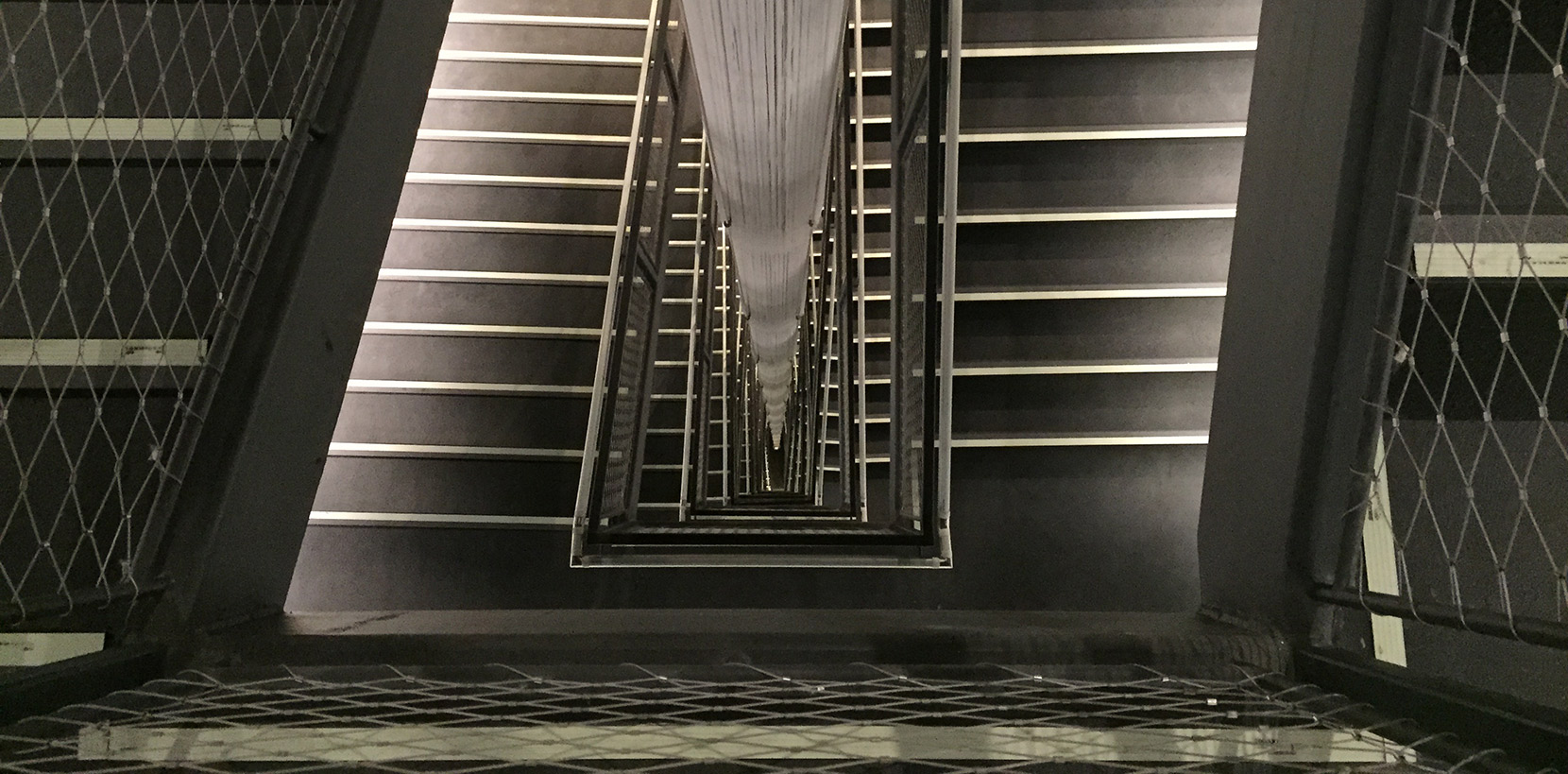Collaboration & Innovation: What’s the Connection? A Conversation with Talisen’s Bob Knox
Collaboration on a project isn’t always easy because construction’s not always easy. The projects we do are complex. The conversations we have with clients, vendors and even our own team can be tough.
We talk about the challenges, what they are, where they’re happening, and what’s needed from our team and the professionals involved to resolve those challenges in a timely manner.
All with a general sense of urgency always present.
“When we had the chance to present our bid, I was able to say that we really thought outside of the box, and identified the most cost-effective, competitive way to do this job. Instead of this project taking 18 months, we’re going to be able to get it done in 7 months.”
What we’ve found – and this turns out to be one of the real benefits of our process – is that collaboration and transparency builds confidence, trust and teamwork. Sometimes people don’t like what you have to tell them, but when they’re in the conversation from the onset they then know that you’re not just telling them what they want to hear. You’re telling them what’s real, in a way that keeps the focus on coming up with the solutions to keep moving forward.
That trust is vital because it’s the nature of this industry to throw big challenges at you. For example, we were bidding on a project for Google that had an unusual component. The plan called for a large truck freight elevator to be converted into a 16-story custom designed steel staircase.
Our process is such that because I was acting Project Manager for this project, I was also the estimator. That means really digging into the project, breaking it down via a trade/scope quantitative takeoff while simultaneously building the job in your head (all while paying attention to all the necessary details to ensure the project’s success).
When you talk about building a 16-story steel staircase, from the ground floor up, within the confines of an existing shaft, you’re going to run into some challenges. Having only 3 entry points to the shaft – one at the bottom, one midway, and one at the top was certainly one of those challenges. My concern was in the logistics of the build – especially the fact that no other trade professionals could work on the project until the steel contractors had completed their work, slowing the finish work on 8 floors until we reached that midway point, and then again from the eighth floor to the top. Obviously, a concern since the more I could reduce the schedule, the more I could bring the cost of the job down.
“…is that collaboration and transparency builds confidence, trust and teamwork. Sometimes people don’t like what you have to tell them, but when they’re in the conversation from the onset they then know that you’re not just telling them what they want to hear.”
It was through collaboration with the architect that these concerns were first addressed; it was at this point that I raised the possibility of building the staircase from the top down. He said it was an interesting idea – how do you build a 300-ton steel staircase from the top down? That initial collaboration led to talks with all the trades to discover what was and wasn’t possible. Together, we figured out a solution by using two mast-climbing scaffolds inside the shaft to support the steel workers while also allowing for the efficient transport of materials and personnel to the work areas. This ultimately allowed all the finish trades to work right behind the steel installer from the top down and cleanly work our way down and out of the project.
When we had the chance to present our bid, I was able to say that we really thought outside of the box, and identified the most cost-effective, competitive way to do this job. Instead of this project taking 18 months, we’re going to be able to get it done in 7 months.
This raised a lot of eyebrows and got a lot of attention; we had everyone involved in this discussion – the design team, the engineering team, and the client – and everyone was excited, everyone was engaged, because it was an opportunity to do something they hadn’t done before.
“That trust is vital because it’s the nature of this industry to throw big challenges at you.”
Throughout the process, we had weekly meetings focused on how to make this happen, looking at the progress, and anticipating what faults might arise so that we could be ready. In the end, it went as we’d intended – the schedule was kept under control, costs were contained, the staircase is spectacular, and the client is delighted.
Collaboration is mission-critical to innovation. In this instance, we worked together in a fashion that allowed everyone to bring their best to the table while accelerating the timeline and reducing costs. In order to be able to collaborate, you’ve got to be open and transparent in your communications. That’s our process, and it’s worked for us, and our clients.
